Codes in Knots. Sensing Digital Memories
History and historical artifacts of any kind and material have for many centuries been predominantly interpreted from a “western” perspective that tended to neglect other cultures and knowledge systems in a colonial fashion.
This project reflects on the need for recognizing the technologies developed by the native peoples of the Americas especially in the field of data and information transfer by creating experimental digital artifacs that combine contemporary technologies with knotting-techniques inspired by the Andean Khipus. The artifacts consist of three-dimensional knots based on the analysis on the physical structure of Khipu knots. By using digital tools and analog methods to encrypt information, knots and knotted surfaces are created for the archiving and transmission of different forms of text such as poems or stories.
What can a knot become and what can become a knot? What can emerge from the practice of knotting and from where does the practice of knotting emerge? These questions stand at the beginning of this project. They derive from the notion that besides their material function of tying string and other materials together, knots can fulfill a symbolic purpose by serving as metaphors and concepts for theoretical reflections as well as functioning as a three dimensional media to store and transmit data.
Besides their material function as structuring elements, knots can also contain a strong symbolism. Such symbolism can be abstract, e.g. when using the terms “knots” and “knotting” as metaphors for the interconnection of the social and natural world, but also very concrete, as in the case of textile devices using cords and knots as a form of code for the purpose of encrypting data and information. With knotted cords, the Inca people of the Andean region developed a technology to record information related to the organisation of the empire’s municipalities. Other examples of archiving methods through knots and beads include the Yakima Time Ball, used by the women of the North-American Yakama people to describe important life events of their family members.
The Khipus are textile devices consisting of several rows of cotton and/or camelid string that would be knotted in a specific way to record, store and transmit information ranging from accounting and census data to communicate complex mathematical and narrative information[1].
Although they were most commonly used in the Inca Empire (ca. 1400-1532 CE), they were known to a number of cultures in the South American Andes region with first notions dating back until 700 CE[2] and continuing usage well into the colonial period and as recently as 1960[3]. Because of their long history, the Khipu’s specific design varied as much as their cultural relevance. Nevertheless, at least for the time of the Inca Empire it can be stated, that the Khipu served as the most relevant technology for storing and interchanging information, thus playing a key role in the cultural practices of a society, that at that time did not have a written language from the western understanding but instead an oral tradition and other forms of communication and coordination.
Because of its historical and cultural relevance, Khipus have been analyzed by many scholars and artists since the beginning of the 20th century resulting in different interpretations about their usage.
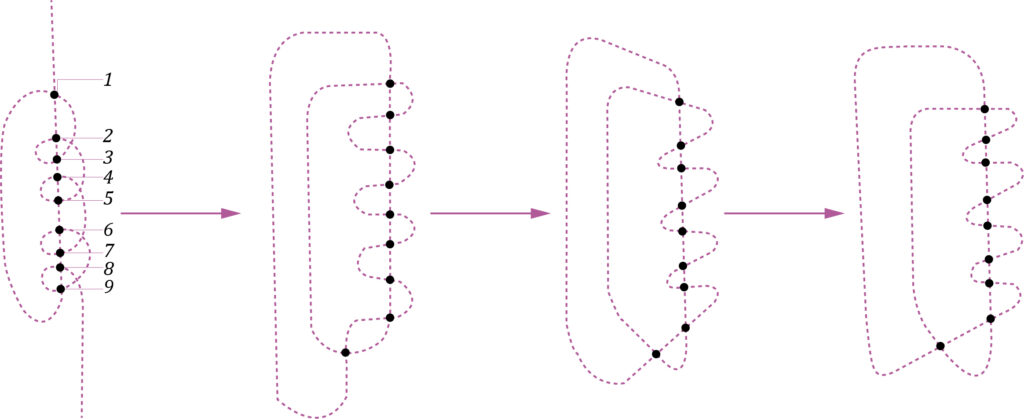
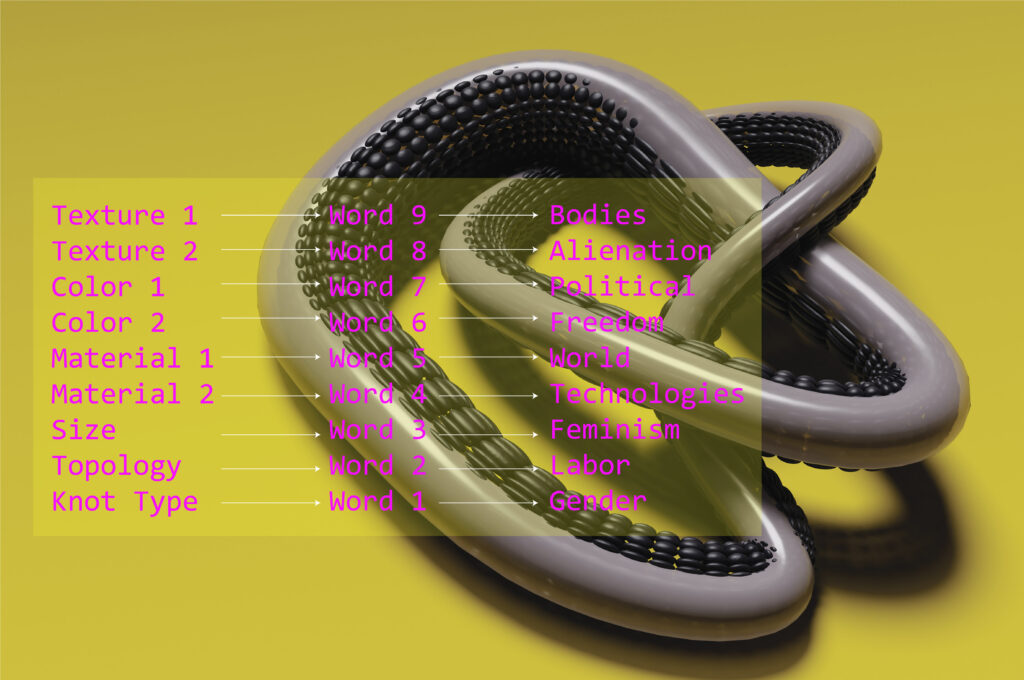
as texture, color, etc.?
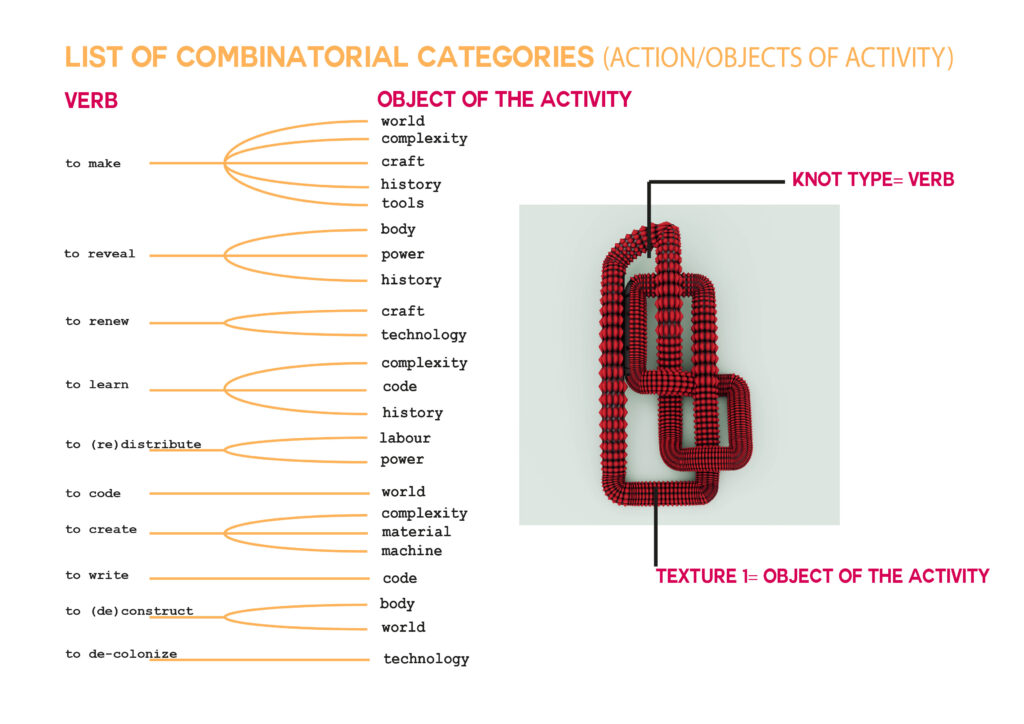
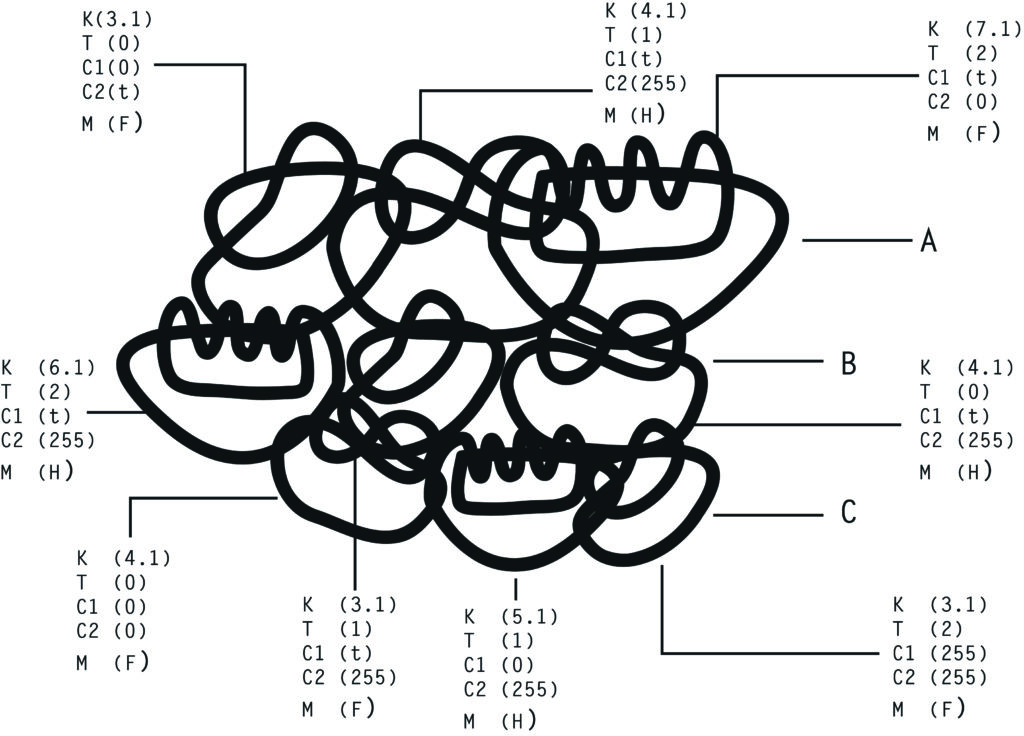
decentralization and decolonization of knowledge.
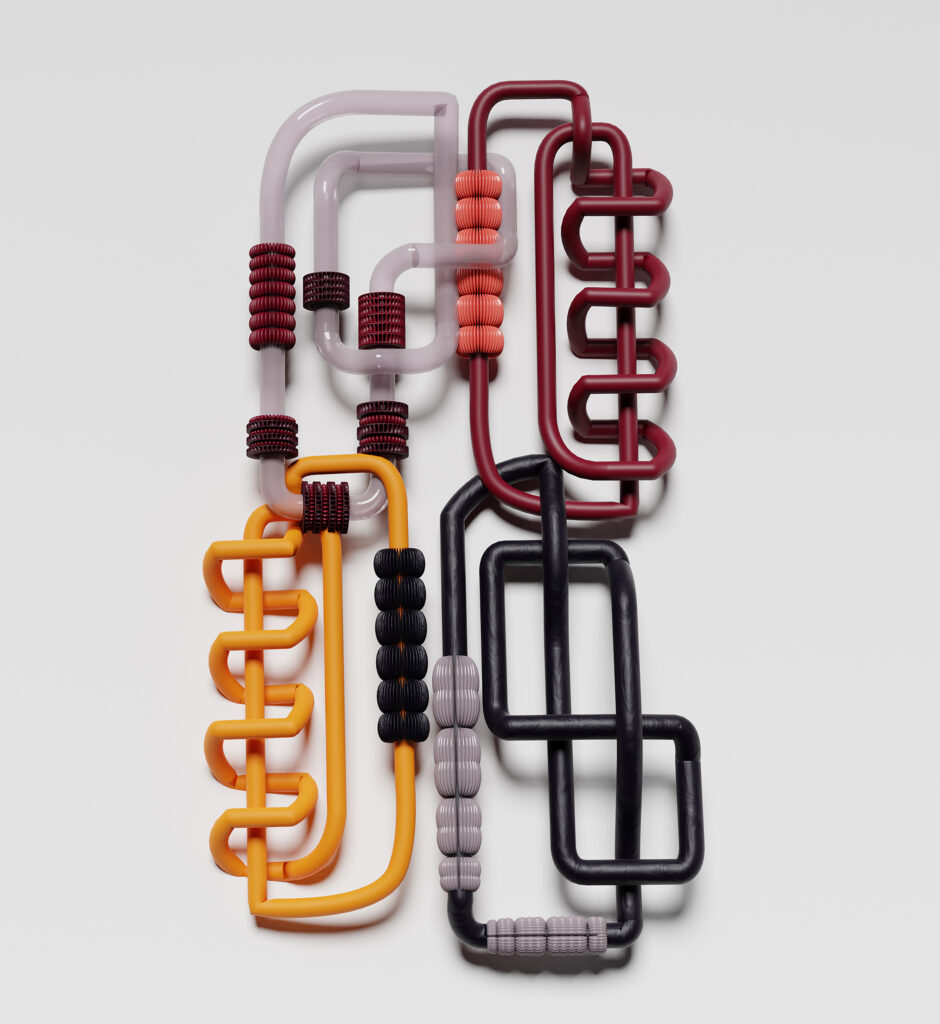


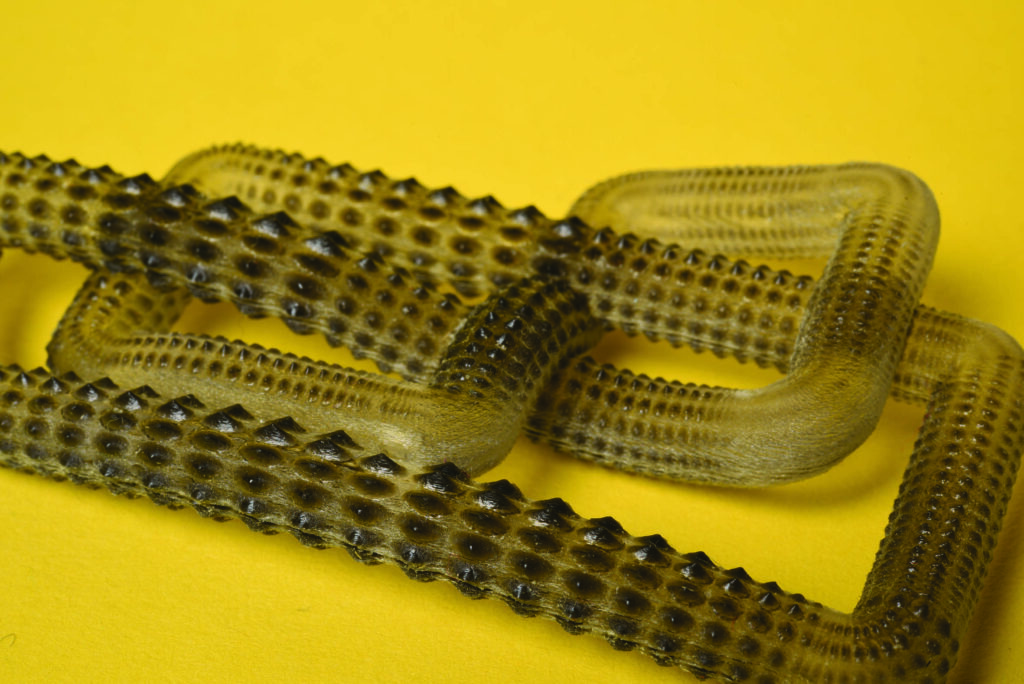
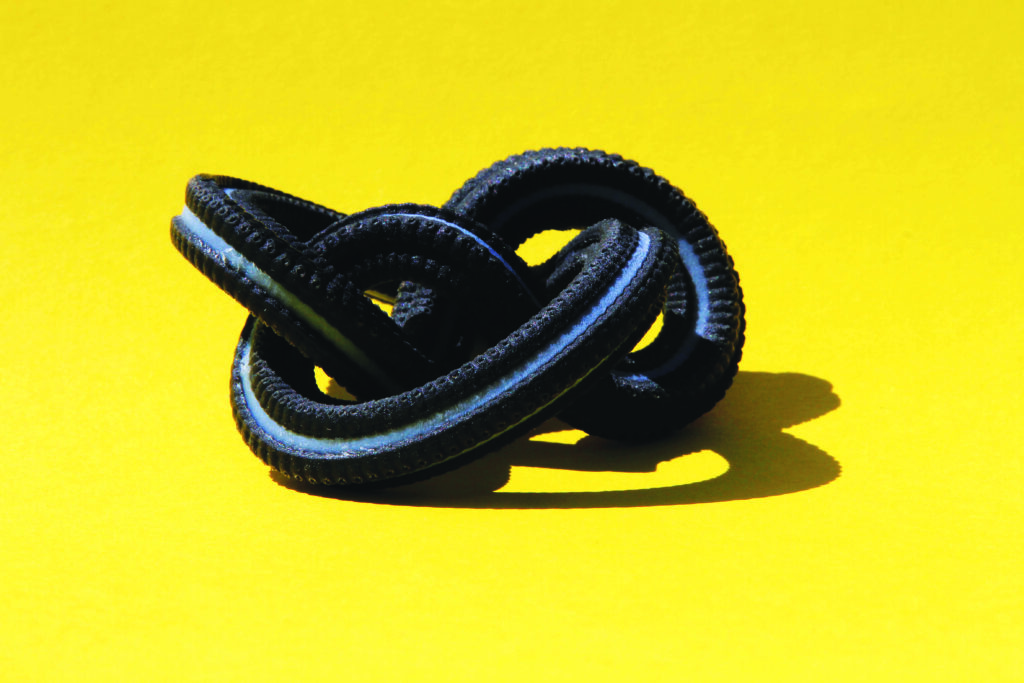
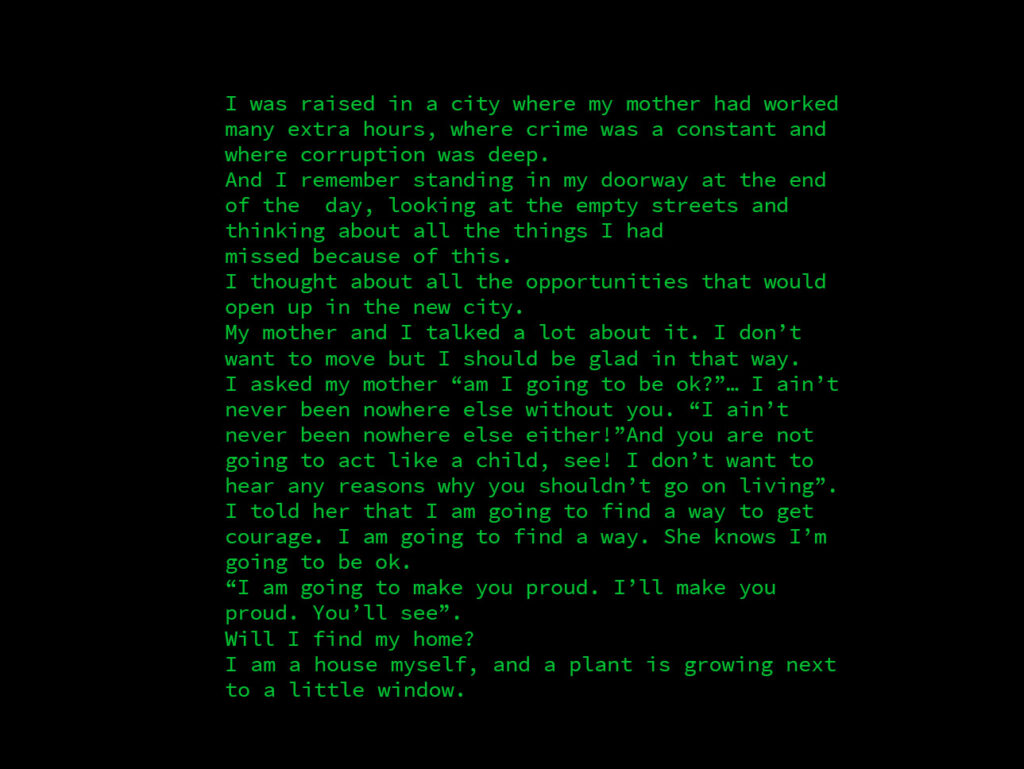
Lorraine Hansberry.
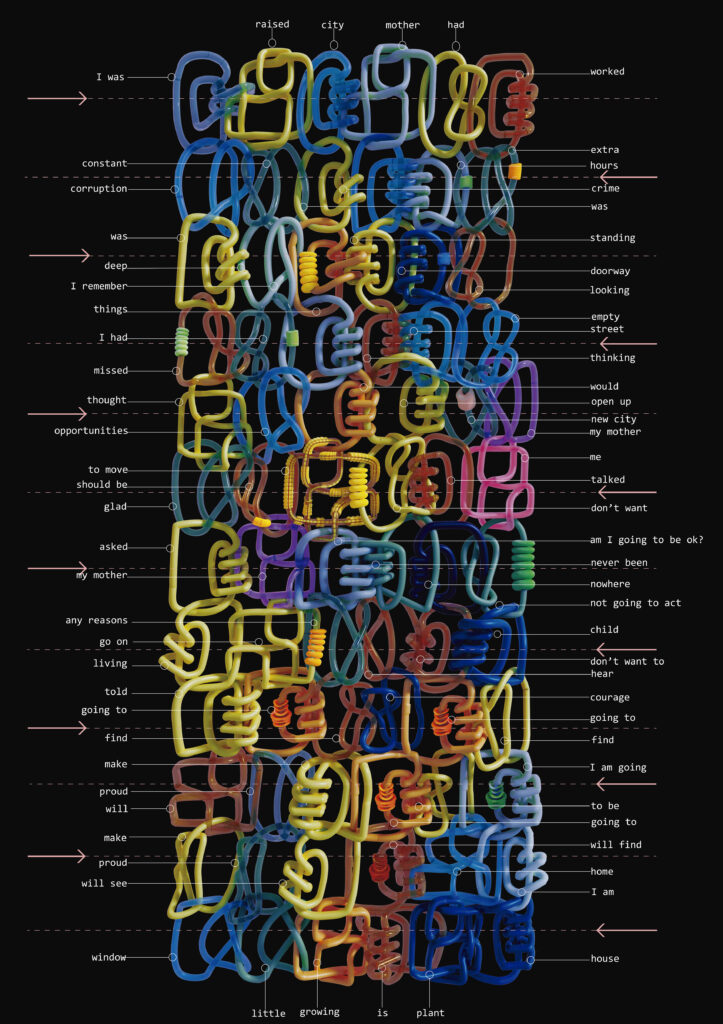
Sources:
José Carlos De la Puente, Los Quipus de Ttio. 2020.
Manuel Medrano and Gary Urton, The khipu code: the knotty mystery of the Inkas’ 3D records.
Marco Curatola Petrocchi and José Carlos de la Puente Luna, El quipu colonial. Estudios y materiales, 2013. p.10.
This contribution is published in the framework of the Whole Life Academy.
Connected Material
An aural and visual essay that overlays several journeys, a sensory one that attempts to evoke a perceived time, place or geography through the mapping of territories, and a narrative one materialized as a speculative epistolary correspondence between the present and the future that continuously summons the past.
Epistolary narrative, dialogism, intertextuality, speculative narrative — we imagine this text to be letters between the two of us across different temporalities, making use of a speculative and fragmented narrative in line with the themes we explore in our work: archiving the unarchivable, emotions, memories, and other human conditions within the horizon of extinction.
Chto Delat’s installation Canary Archives employs the imagery of the canary in the coal mine, once used to alarm miners when carbon monoxide levels rose. Where is the canary today, that tells us wether the danger is real? It seems to have gone silent, the sharpest signal it can send. In an emergency newspaper issue under the impression of the Russian war on Ukraine, Chto Delat assembles anti-war views of artists and critics and expresses their solidarity with the Ukrainian people.
A conversation about KANG Sang-woo’s film KIM-GUN and how it treats historical evidence and testimonies as a ‘horizon of contingent truths’ with the potential to be pieced together in alternating ways, touching upon the complex dynamics of archives and life stories, collective memory and amnesia, the mechanisms of image-making and history-writing.
Interrogating the archive of “green” extractivism is not just about uncovering access to knowledge, legal knowledge, for example, that can help expose (ecological and economic) crime and that can thus be a starting point for empowering true alternatives and thus alternative ways of living and organizing economic processes. It is also about creating a resonant space for shared thinking and reflection.
CLEPTOCRAZIA is an art and science festival curated by Valeria D’Ambrosio at Villa Romana in Florence. The project aims to disseminate knowledge on the roots of the environmental crisis through a cycle of lectures, screenings and performances with the contribution of international artists and scientists.
The Perverted Archival Image workshop centered on and tentacled off from Studio Baalbeck. The workshop participants created an audio montage of recordings to accompany some of the visual archive material.
This collective chain uses multiple entry points to reflect on the encounter of archival practices, objects and material with non-linear timelines.
This workshop addressed archives as related to overlapping sites of nature/culture, climate change, deep time, and the built environment. The following texts and visual materials offer insight into individual participants’ research on
This Academy workshop addressed archives as related to overlapping sites of nature/culture, climate change, deep time, and the built environment. The texts and visual materials include an introduction to the workshop’s components and sites.